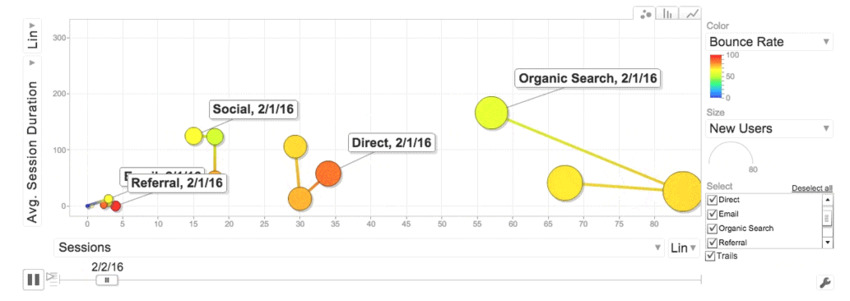Looking for a way to personalise your website, but budget is tight? In this guide, I show you how to provide a personalised experience using Google Tag Manager - 100% FREE.
Research and publish the best content.
Get Started for FREE
Sign up with Facebook Sign up with X
I don't have a Facebook or a X account
Already have an account: Login

 Your new post is loading... Your new post is loading...
|
|










![Who uses Google Tag Manager? What Are They Tracking? [INFOGRAPHIC] - Orbit Media | The MarTech Digest | Scoop.it](https://img.scoop.it/roI5e5NgkCpnrYwrW41Y8_L6dadsvGA8m9WNoVsbzkY=)









The Ultimate Guide on Personalising your Website for Free Using Google Tag Manager - Johannes' Growth Tips
You'll want to bookmark this one. Superb!
This news comes to you compliments of marketingIO.com. #MarTech #DigitalMarketing